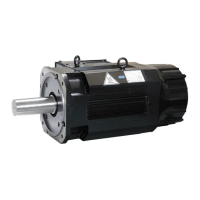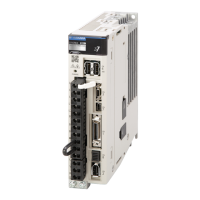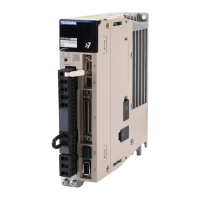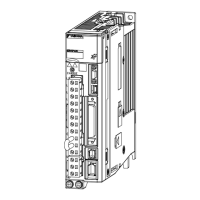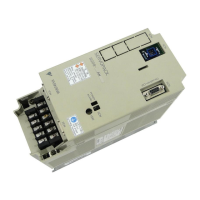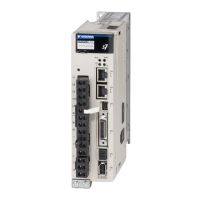1.2 Introduction to the DeviceNet Module
1.2.1 DeviceNet Terminology
1-4
1.2
Introduction to the DeviceNet Module
You can attach the DeviceNet Module to a Command Option Attachable-Type SERVOPACK to
use the SERVOPACK as a slave in DeviceNet communications.*
This will allow you to send positioning references and origin return commands from the host
device that functions as the DeviceNet master.
There are two models of DeviceNet Modules. Each has a different power supply method.
• DeviceNet Module driven by control power supply: Power is supplied to this DeviceNet Mod-
ule from the control power supply of the SERVOPACK.
• DeviceNet Module driven by external power supply: Power is supplied to this DeviceNet
Module from the communications power supply on the DeviceNet communications cable.
* DeviceNet communications are used worldwide as a global standard for FA field network communications. Devi-
ceNet communications allow you to easily communicate between a wide range of devices from different vendors.
1.2.1
DeviceNet Terminology
The following table lists the DeviceNet terms that are used in this manual.
1.2.2
Data Types
The following table describes the data types that are used in this manual.
* The data size depends on the length of the text string.
A DeviceNet Module can be attached only to a Command Option Attachable-Type SERVOPACK.
Note
Ter m Meaning
ODVA
Open DeviceNet Vendor Association: This vendor association was established to
promote DeviceNet, a CAN field network.
CAN
Controller Area Network: The CAN protocol was created by the ISO to standard-
ize serial communications.
CCW Counterclockwise.
CW Clockwise.
I/O communications
One of the communications methods that is used for DeviceNet communica-
tions. Data is sent and received cyclically with relatively high priority.
Explicit message
communications
One of the communications methods that is used for DeviceNet communica-
tions. You can change or read attributes, but priority is relatively low.
Data Type Description
BOOL Boolean data, which has one of two logical values, TRUE or FALSE
USINT Unsigned 8-bit integer
UINT Unsigned 16-bit integer
UDINT Unsigned 32-bit integer
INT Signed 16-bit integer
DINT Signed 32-bit integer
WORD 16-bit bit string
STRING Text string of single-byte characters*

